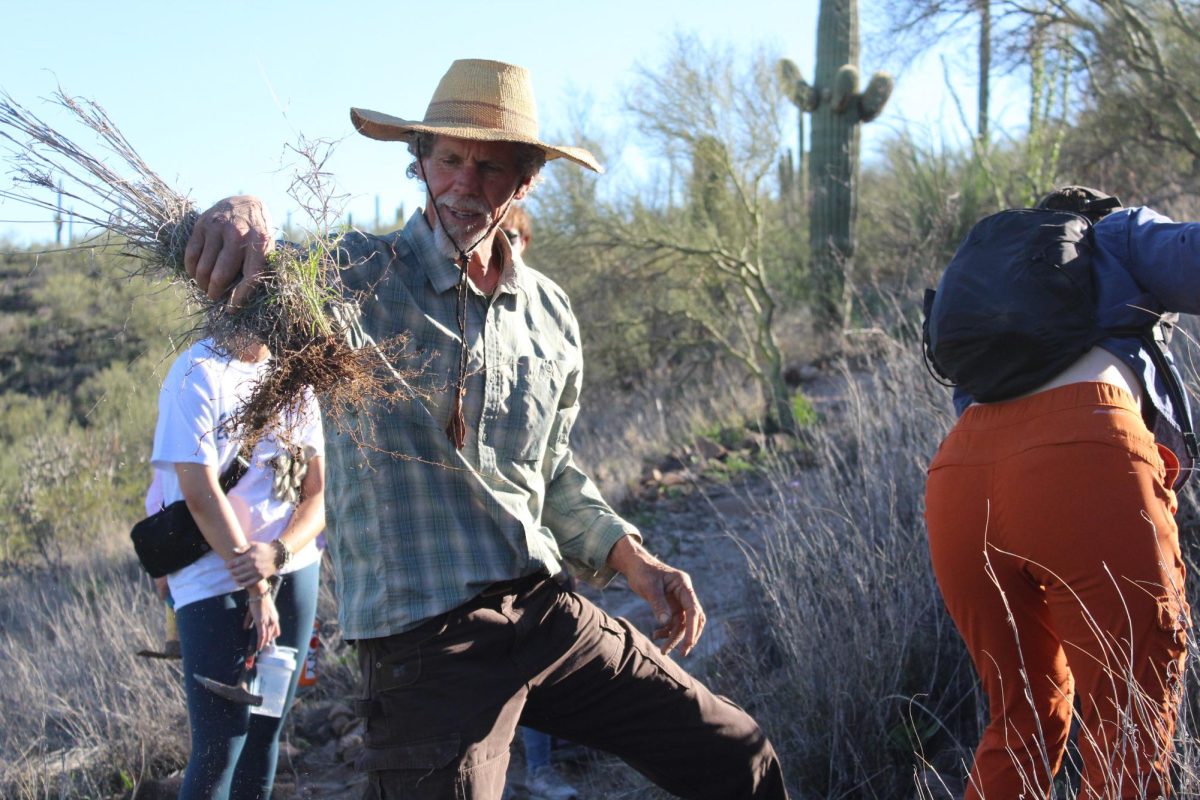One of the most imperiled mammal species on the planet, the endangered Mount Graham red squirrel in Arizona is rapidly being shoved into the abyss of extinction by people who claim to be scientists. The situation is so desperate that without immediate intervention, the squirrels may not even make it through the winter.
A recent fire that scorched the remaining ancient forest on Mount Graham has reduced the squirrel population from 252 to just 35.
By supporting and endorsing the actions of the UA-led Mount Graham International Observatory project, university astronomers, administrators and their allies have, at least since the 1980s, contributed to the extinction of the squirrels.
Astronomers and the journalists said that the Mount Graham red squirrel’s most recent plight is because of the catastrophic fire this summer on the mountain. Although there has always been fire on the mountain, there have not always been Abert’s squirrels, Bible camp, astronomers, pine bark beetles, which came in droves when the astronomers launched their astrophysical development work and telescopes, which fragment the squirrels’ habitat and make their movements precarious.
Even if conservation biologists and astronomers cannot agree on who is to blame for the squirrel’s impending extinction, we can agree on the following: if the only thing humans cannot control is fire, then get the hell off the mountain. Yield to the squirrel. Begin radical habitat restoration.
As was determined nearly 30 years ago, astrophysical development, including tree clearing and road construction, and other related activities to make way for Big Science are never compatible with the squirrel’s needs. In fact, biological assessments showed that the astronomers’ plans would negatively impact the squirrel’s critical habitat and impede its recovery, making a viable, long-term population of squirrels unlikely. UA did not listen.
Because of fire suppression and other conditions, scientists have long predicted the a catastrophe was likely. In fact, the last catastrophic fire that the Mount Graham red squirrel experienced was more than 300 years ago. The squirrels have been able to adjust, but not when there are structures occupying its territory and inhibiting its movements.
As the Arizona Daily Star reported in 2000, “A former UA researcher who now works at the University of Tennessee, [Dr. Henri] Grissino-Mayer studied the wildfire history of Mount Graham and determined from fire scars in tree rings that the spruce-fir forest last burned in 1685. The summit of Mount Graham is overdue for a ‘catastrophic, stand-replacing, wipe-out-everything-on-the-face-of-the-Earth-type fire,’” he said. It was a mistake to allow telescopes to be built there, and the thousands of dead, insect-ravaged trees will compound the fire threat, he said. “As far as I’m concerned, those telescopes are just gonna become melted gobs of goo,” Grissino-Mayer said.
The planet is currently experiencing a biodiversity crisis; one that humans are causing. An estimated dozens of species per day, mostly insects and mollusks, perish. Common and rare species have been lost in the Earth’s sixth great mass extinction event.
Ground zero for such activities are places such as Mauna Kea, Galapagos and Madagascar, as well as “Sky Islands” such as Mount Graham, which contain at least 30 rare, threatened, endangered and unique distributions of plants and animals — at least 18 of which are endemic.
Extinction is forever. UA’s promotion of astronomy on Mount Graham should not be.
Joel Helfrich currently teaches history at Monroe Community College in Rochester, New York. He is writing a book about the struggle for Mount Graham.









